Safe Driving Tips Part 2
It’s dead easy to block driving disasters and get home safe, every time - and anyone can do it. Ninja driving skills are not required in this part two-of-two on how to drive safely. Here’s how…
Refresh:
In part one we spoke about skills and tactics. Skills are like: evasive maneuvering, they’re more reactionary and actions you take in the moment. Tactics are more like the choices you make, upstream of a critical incident as a preventative measure.
Have you got both hands on the wheel in the correct position, and are you constantly paying attention? They’re skills. Are you planning and prepared for what to do if something changes between now and the next bend? They’re tactics.
Skills and tactics are not mutually exclusive propositions. You can have both, but skills are hard and tactics are easy.
Emmental arithmetic
There’s this psychology dude, Professor James Reason, (Google the crap out of him), who has a somewhat famous theory about disasters and how they occur.
It’s called the Swiss Cheese theory, it’s a real thing, and it works. It’s a scientific theory, not a hypothesis, or an anecdote.
In a hazardous environment - such as being in a car, on a highway, travelling at 100km/hour - inherently there’s the potential for disaster.
If you hit some big tree, at that speed, you will die.
So, separating the hazard from the disaster you’ve got all these layers of protection to keep you alive - they’re like slices of Swiss cheese.
All protections have holes in them, because they’re all imperfect protections.
You can have civil engineering protection like guardrails or rope barriers. There are mechanical engineering protections like stability control, airbags and ABS braking combined with all the choices of protection you make (or don’t make) about driving.
You can choose to check your tyre pressures, or not. You can make sure your tyres are rotated and you never run bald ones. And you can habitually lift off the accelerator and cover the brake pedal as you approach an intersection whilst glancing left and right before you shoot through.
Each one of those defences is a slice of Swiss cheese, with a hole in it. Here’s what happens when the holes line up >>
When you go out on the road, you take all the slices and you throw them up in the air. Freezeframe.
Chalk or cheese?
This is you, driving your car at a particular point in space-time.
Statistically, every time we drive about 200 million kilometres, collectively, here in Australia, there’s a bad freeze-frame where all the holes line up for someone. Suddenly there’s no barrier between the hazard and the disaster. There’s an unsurvivable event - a big crash.
The grim reaper chalks someone up that day. Maybe it’s you. Maybe you don’t come home, and instead the cops knock on the door. It’s the worst day of everyone’s life. Happy new year, right?
The point about James Reason’s Swiss cheese theory is if you could just go back in time and nudge a slice or two out of place or rotate one, the tragedy doesn’t happen because there’s no pathway.
The holes didn’t line up.
In practise, this is as simple as saying, ‘that situation looks dodgy just down there: I might get off the gas and cover the brake. I might get ready to stop, just in case.’
You might still crash - but slower. It’s survivable.
Every other failure pathway of the system remains the same - the rope barrier, the airbags, etc. But if you nudge the ‘tactics’ slice slightly over - you get to come home.
There’s no celebration that you cheated death. No happy tears when you walk through the door. Nobody DMs you from the afterlife about your missed appointment. Still, it’s worth doing, I think you’d agree.
All you did was nudge one slice. Disaster got blocked, and everyone lived happily ever after. You don’t even have to be a Jedi master of driving to do this. Because tactics beats skills. You just made better choices. Deciding something looks iffy, getting off the gas, leaving more space: it’s so easy a politician could do it. Any politician.
Rules of engagement
So, keeping this cheese theory in mind, here are the five basic tactical rules for safe driving:
Rule 1: VISION. Maximise your situational awareness, at all times, by looking as far down the road as you possibly can. Lift your vision; raise your seat if necessary. Always look where you want the car to go - ALWAYS. If that means turning your head and looking through the side glass to see around a bend, do that.
This is even more vital in a crisis. If you have a blowout, and the car is sliding, it’s chaotic, there’s noise and it’s all blurring. Just do one thing, and do it very well: look where you need to go - back on the road, in your lane, the emergency shoulder, whatever the solution is - look at the solution. Because your eyes direct your hands. Eyes steer cars.
Do not look at the danger or obstacle you want to avoid, because you will hit it. Look at the solution, not the problem. Never forget this rule. Vision is absolutely critical.
QUICK TIP: Correctly adjust your mirrors - fold them outwards until you cannot see the side of your vehicle in the mirror. Do this for BOTH mirrors. Don’t make excuses, don’t try telling yourself you need them folded in to see what’s behind or for parking - that’s institutionalised bullshit. Folding your mirrors inward creates blind spots. Deadly blind spots. Blind spots that leave you susceptible to crashing and killing someone. Adjust your mirrors, turn them out. Do it now.
Rule 2: SPACE. Drop back from the car in front. Do it immediately. Give everyone the biggest buffer you can - a minimum two-second gap is healthy.
At any speed, more distance is more time to react if something goes wrong. Proximity to the car in front is a choice. If you’re further back than you think you reasonably need to be, from the car in front, that’s probably about right.
Leaving more space increases your visibility, gives you additional time to see what’s unfolding in front of you and often, you’ll see things happen long before the person in front of you. More space equals more time. More time equals better vision. Better vision means you live.
Long-distance driving is tremendously boring, until it’s not. Disasters unfold very quickly at highway speeds, and when they do, you need every available inch of space. Time. Same thing.
QUICK TIP: Do not for one second think it’s acceptable not allow other vehicles into your two-second gap ahead. Not only is it dangerous and illegal, it’s completely pointless - especially on your overall journey time. Ritualistically dropping back to two seconds no matter who or how many merge in front of you. It’s two seconds.
Rule 3: NINE AND THREE. Drive with both hands on the wheel, at nine and three. Not optional. Not 10 and 2. Not one-handed. Not with your knees. Nine and three. Thumbs on the thumb-rests at nine and three. That’s why they’re there. You therefore drive ‘indexed’. Physically indexed - neurologically locked - referenced to the straight ahead position. One less thing to think about when cognitively overloaded when something goes wrong.
If your hands are all over the place on the wheel, or not on the wheel, in a critical, chaotic situation you won’t get time to figure it out. Losing directional awareness is a disaster.
Eyes-hands-where you want the car to go. If you blow this, you just handed the Grim Reaper the chalk. And it’s so simple to get right. It’s a tactical choice.
Rule 4: PLAN B. Have a Plan B. Drive like a pilot. Pilots are always thinking, ‘Where will I make a forced landing if the engine fails right now?’ (At least, the good pilots are.)
If you should need to pull over, right now, immediately, where’s the nearest, safest spot that is insulated from the danger of passing traffic? (If you do abide by Rule 1, you should already have prepared for this.)
Part of this process includes checking your correctly adjusted mirrors >>
If there’s a car stopped, down there, 300 metres away, you’ve got 10 seconds to figure out how not to clean up a kid, if they run out. (If you don’t follow Rule 2, you only get three seconds.)
Exactly how are you going to do it? Pro tip: Get off the gas now, slow down, block out the distractions (asking passengers to be quiet if needs be), maximise safe lateral separation.
Get ready. Do it. Now. Assess. Identify. Act. That’s how you do this. Implement plan B.
If there’s a blind crest ahead, what are you going to do if there’s an obstacle just over the other side - can you get around it? Can you stop inside the length of real estate you can see ahead? (Pro tip: if you can’t stop in the length of road you can see, in any situation, you are driving too fast. Irrespective of the speed limit.)
Rule 5: ACTION. React early. Do not wait until you are right on top of a threat, and don’t be scared of it - you’ve prepared for this. It’s much better to get off the gas 10 seconds out and coast slowly past something iffy, than to attempt pulling off some epic emergency evasive maneuver right on top of it. Tactics beats skills. Ten seconds is an eternity. Three seconds is an eternity. Life or death.
Want a Rule 6, like it’s a bonus or something?
Here it is: BRAKE!
In critical situations, if you’ve been completely blindsided by some threat and it’s all out the window: BRAKE. HARD.
Now: You’re either going to swerve or crash. What do you do next? >>
Brake as hard as you can, as early as you can. Look where you need to go - around the object, into the emergency lane, wherever. Use eyes, hands, and eyes again to steer where you need to go.
Stay on the brakes. Do not lift off, no matter what groaning, juddering noises you hear. Push the pedal into the firewall. If you’re going to crash, slower is always better than fast.
And if you’re going to crash, pushing the brake will pin you back into the seat and hold you in place - this is better than heads, legs and arms flying around the cabin, hitting things, including your own face.
They’re the most basic rules - and everyone can do it.
Target fixation
Here’s how it looks in action, using the driving scenario above:
Vision: Look as far ahead as possible. Around the bend in this instance.
Space: imminent threat: TAKE ACTION NOW. Cover brake pedal, get off the gas. “Is that an indicator flashing? Are they about to move into the traffic flow? If so, can I stop in time?”
Potential danger: Plan B. Don’t be so distracted by the imminent threat you miss the mobile threat. Plan B is change lanes to create space, providing nobody is overtaking: check mirrors - which have been correctly adjusted to eliminate blind spot. Still haven’t? Do that NOW >> I’ll wait…
Red: Danger zone. This area is not an option for evasive action.
Green: Solution (create space). If emergency occurs, do this - change lanes. LOOK at the solution, DO NOT LOOK at the threat.
Blue: Idle awareness: be alert, but not alarmed. Opposing lanes of traffic in this picture could easily dart across the grassy median and plough directly into oncoming traffic. That includes you if you’re not prepared.
There is no emergency, you drive on normally and get home alive. Ditto everybody else. No medals of honour, no valedictory dinner, you don’t even have to make a speech (thank goodness for that). Safe driving: done.
DRIVING DEFCON
But you could also think about safe driving like I do, which is kinda like the DEFCON system for the threat of nuclear war.
DEFCON has five levels, but on my world, driving has four. And I colour code them from green to red based on threat assessment: Green, yellow, orange, red.
Four levels - in order of increasing threat.
GREEN:
You’re on the sofa at home, watching TV, patting the dog. You can be completely out to lunch, mentally, in a safe, green environment. Maybe you’re on the toilet, reading a book, taking a dip in the pool or dicing tomatoes - whatever. Green is good, happy, safe, relaxed. No threats.
That means driving is never green, in my book. But for a lot of people, it is, sadly. If you’re driving and it’s all green, baby, you’re doing it wrong. If that’s you, I’ve been talking to you this whole time.
Change up, because the world around you is yellow, at best, when you drive. Not being aware of what’s going on at 100km/h, or 80km/h or even 40km/h in a school zone is absolutely not okay. Get with the program, wake up, pay attention.
YELLOW:
Yellow is, like, uneventful driving. It’s driving’s best-case scenario. You’re kinda relaxed, but ready, looking ahead, hands indexed at nine and three.
You’re situationally aware and alert, but relaxed. You can’t drive well if you’re a ball of stress. You’re making threat assessments. Developing Plan Bs. For me, that’s what driving is.
Scanning, analysing, detecting, readying yourself. You’re not dicing tomatoes or on the loo: this is pilot mode.
You’re asking yourself:
“What happens if the van pulls in front of me without checking? Maybe I’ll wait instead of trying to squeeze through. Who’s got the green light? Which direction is the traffic moving? How close to me is the car behind and are they paying attention? Is the radio too loud and distracting? What’s around the corner while I wait for the lights to change? Is there roadworks or changed traffic, perhaps where two lanes will have to merge? What’s my next turn and which lane should I aim to be in after this intersection?”
ORANGE:
Orange is boom time. Suddenly something doesn’t fit the yellow environment - you’re profiling everything, something looks bad. Up ahead, it’s potentially a threat or likely emergency >>. Or maybe there’s some nutbag behind you, closing at high speed.
Here’s a better example. You’ve seen it in a hundred Netflix B-grade movies: You’re in an alley at night, and the wrong dude is just right there. He looks wrong, he’s standing wrong, he’s potentially a threat. It’s a big, fat, flashing, flapping orange flag. Do not take a gamble on proceeding at DEFCON yellow. This could be it, the moment.
Orange means: ‘where are my exits, where’s my cover, what assets can I deploy right here and now?’
Can you out-run this guy? If you have to fight, how can you get him to stand on your X? How will he move? Is he left-handed or right-handed? Face to face, in the alley, orange is like that. You have to size it up in an instant, and act. On foot in an alley or behind the wheel, it’s the same thing. Just different actions.
Driving a car when the world turns orange is exactly the wrong dude in the wrong alley, but at 30 metres a second, in a potentially more brutal environment, with less time to react.
Orange is when you assess, identify, act. Get off the gas, cover the brakes, make space, change lanes, look at the solution, engage Plan B - whatever it takes. Put your carefully assessed plan B into motion right now. Make it happen.
RED:
Red is the worst-case scenario.
You’re completely reactive.
This is a proper driving emergency requiring a critical skill-type response.
It’s that sketchy Netflix dude in the alley: just pulled a knife. That’s bad.
Red is the only time skills matter.
On the road or hand-to-hand, it’s better to do everything you can with those upstream Swiss cheese slices to prevent this problem earlier, in a nice, yellow environment.
Like, why are you even in that alley? On Netflix, the ‘alley confrontation’ scene is written in the script, because it adds to the drama. But it should not be in your script, because it’s not a dramatic improvement for you.
Don’t you wish you has just remained out of the alley, where the lighting was better and there were lots of people around - in an environment where you typically don’t get mugged?
Why didn’t you just start slowing down 10 seconds ago? Tactics 101 - we talked about this.
If the world goes red, you made a mistake, and now it’s time to pay. It’s nobody else’s fault - regardless of who actually made the critical driving error. It is your responsibility as a driver to mitigate and avoid risk.
Pro tip: a green traffic light does not mean ‘Go’. It means ‘proceed if safe to do so’.
1. VISION: Before ever entering an intersection at traffic lights (or without for that matter), give yourself a half-second glance right, then left, to scan for imminent threats: trucks whose brakes have failed, meth-cooked tradies who refuse to stop for a red, old ladies who’ve fallen asleep, or the three-times single mum exhausted beyond rational cognitive thought.
Engage Plan B: lift off the gas, cover the brake.
Happily enough, if you do everything I just recommended:-
1. Lift your vision - look where you need to go.
2. Drop back.
3. Hands indexed, nine and three.
4. Plan B.
5. Act early.
-If you make that your mission, religiously, routinely, obsessively, behind the wheel, then your driving will remain overwhelmingly yellow, and only occasionally go orange.
That’s as bad as it’s ever going to get.
Don’t let your driving scenarios ever get to DEFCON RED.
To conclude
Getting home safely really is simple and you don’t need those high-level skills, which you probably don’t have time to develop and/or maintain.
But it requires effort and attention. It’s about responsibility and accountability. It’s never a roll of the dice, it’s not an accident - there are factors at play, a failure to do something, and too much of something else. Cause and effect.
Bad outcomes do not just happen. You have to open the door. So, just keep it closed: practise this stuff every time you drive. It’s only five things. Vision, space, hands, plan B, and take action early.
Don’t line up the holes in your Swiss cheese slices. Start practising now.


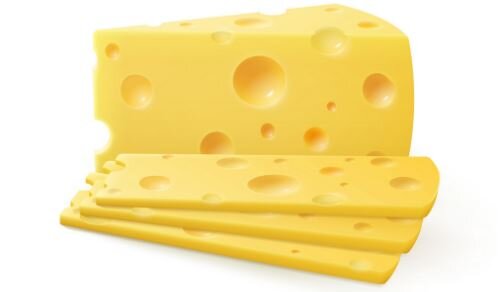

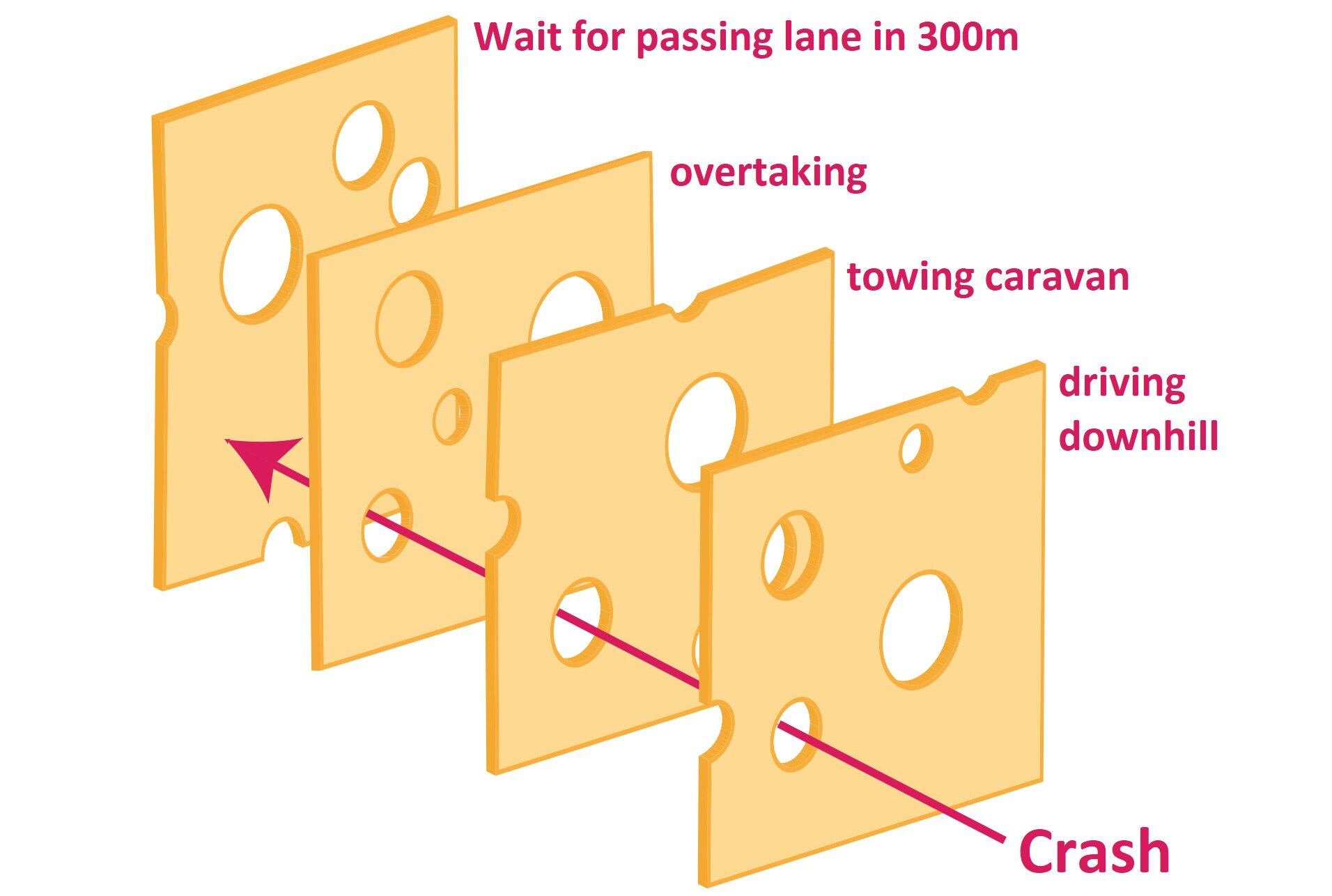

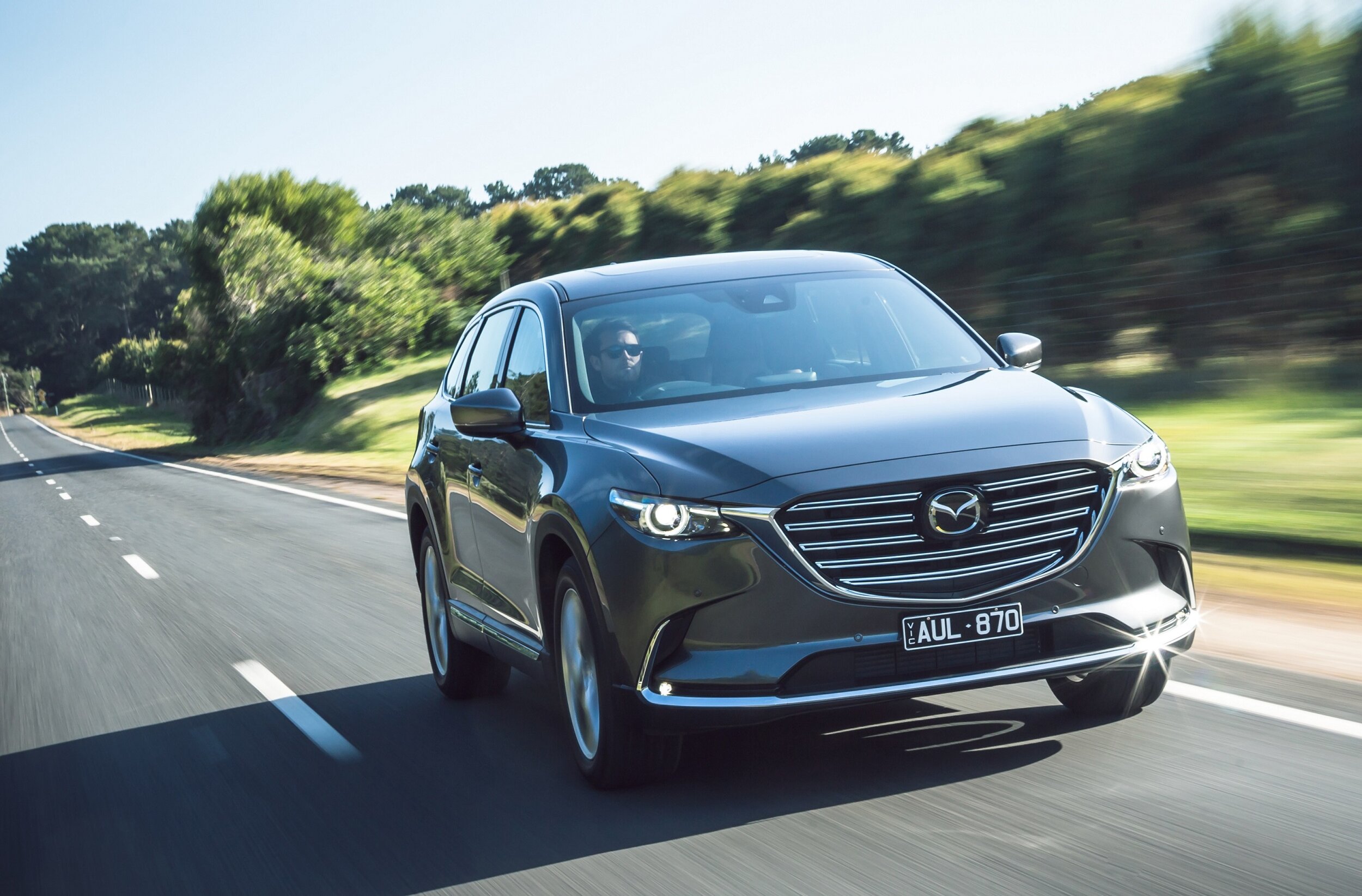





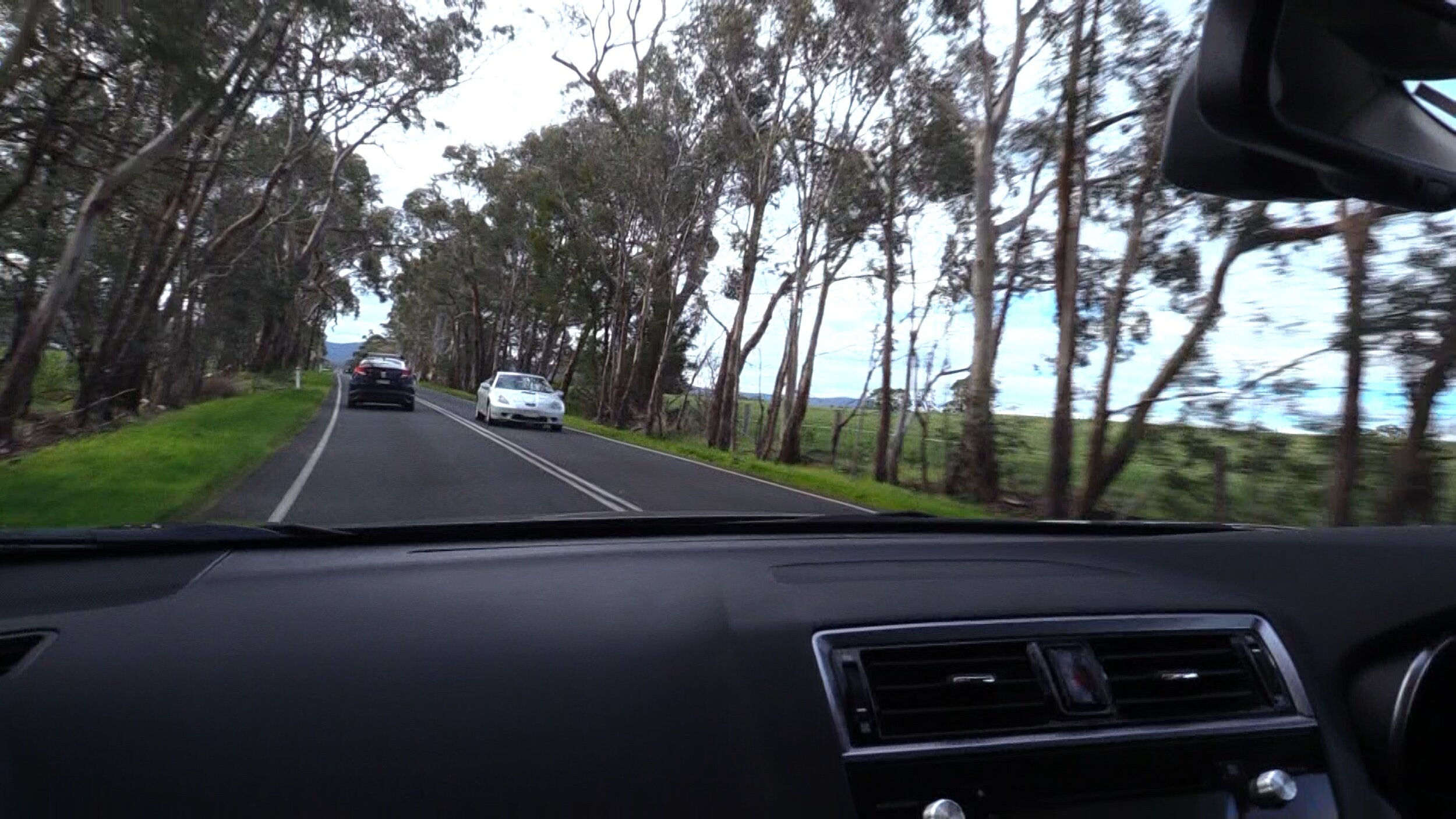



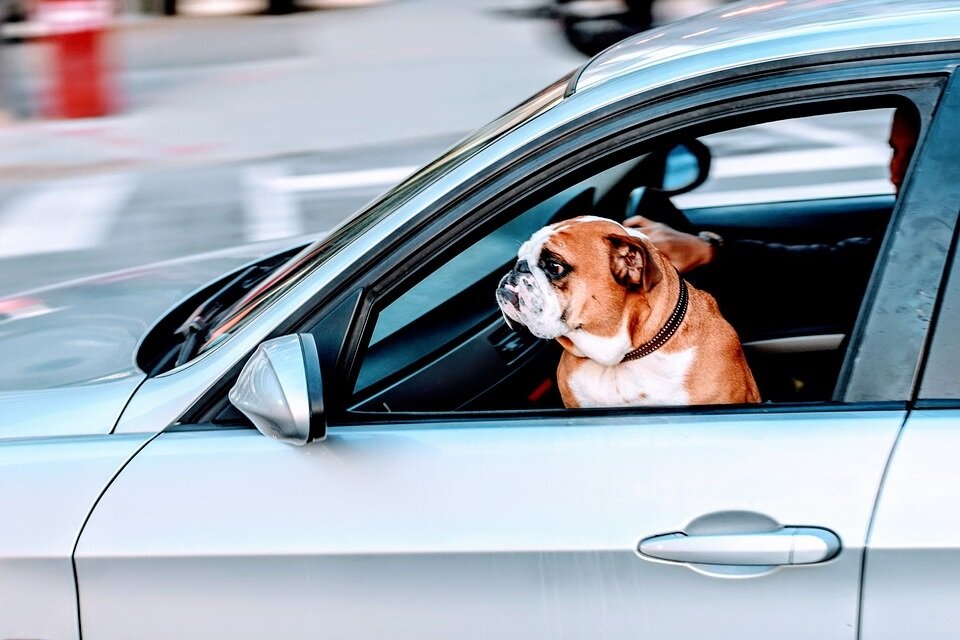






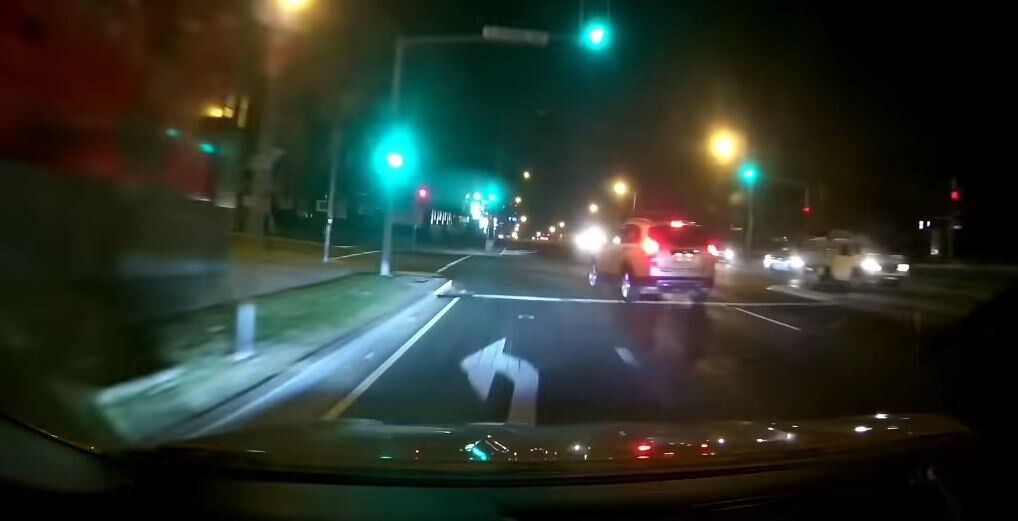












The Hyundai Palisade is a big, comfortable holiday machine for growing families and offers excellent value, generous 8-seat SUV space, and practicality on par with LandCruiser - but it’s $30K more affordable.